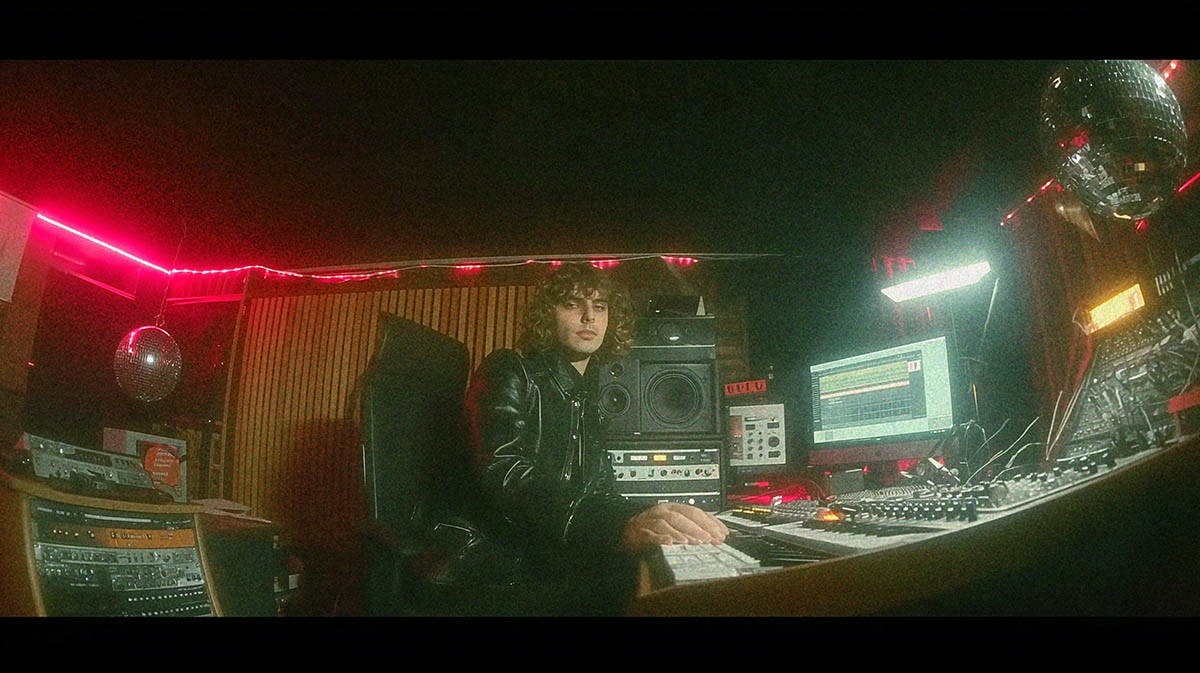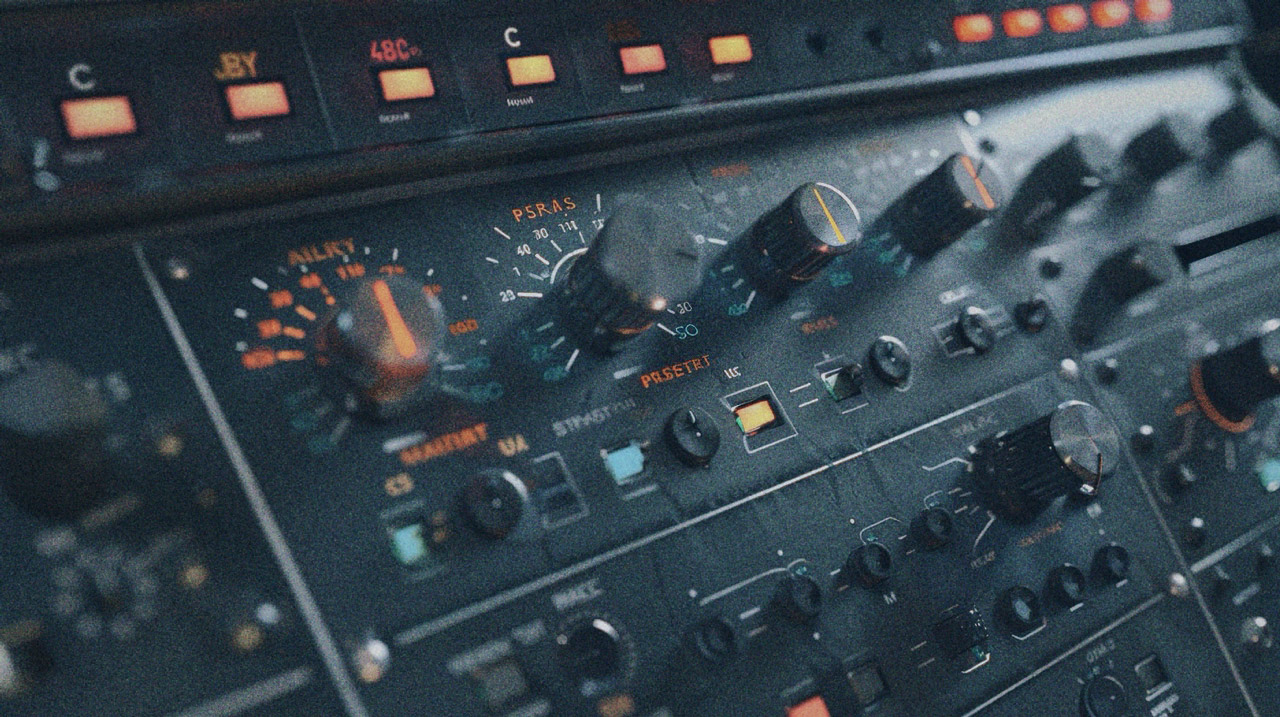
Mixing Lakeview’s Mangled Guitars: Break the Rules for Bite
Nail The Mix Staff
Let’s be real, sometimes the most brutal and effective guitar tones are the ones that, on their own, sound completely broken. We’ve all solo’d a guitar track that sounds like a box of angry bees, only to find it sits perfectly in a dense metal mix. It’s a classic case of context being king.
Producer Jonathan Roach took this “whatever it takes” philosophy to the next level when mixing the track “This riff got MANGLED” for country-metal crossover artists Lakeview. He crafted a lead guitar tone that breaks a lot of the typical rules, resulting in a sound that’s aggressive, cutting, and undeniably unique.
Let’s break down how he mangled this riff into mix-ready perfection.
The “Mangled” Lead Riff: Embracing the Fizz
Getting a lead guitar to slice through a wall of chugging rhythm guitars, pounding drums, and powerful vocals is a constant battle. The common approach is to find the right mid-range pocket, but Jonathan went in a different direction: he made the lead riff incredibly fizzy and bright.
He admitted it’s not a move he’d typically make, but it was exactly what was needed for this part to have its own space without overpowering the mix or losing the weight of the rhythm guitars.
The Core Plugin Chain
Here’s the signal chain Jonathan used to sculpt that aggressive top-end and keep the low-end tight:
- Fundamental EQ: The first step was some initial tonal shaping with a basic EQ to get the guitar in the ballpark.
- Waves C4 Multiband Compression: To control the dynamics, especially in the palm-muted sections, he used the C4. By targeting just the low-end frequencies, he could keep the chugs from getting boomy or muddy without affecting the bite of the lead notes. This is a surgical way to apply dynamics processing exactly where it’s needed. For more on this, check out our guide to metal compression secrets.
- SSL EQ for Brightness and Clarity: Next in the chain was an SSL-style EQ. Here, he added more top-end brightness while simultaneously cutting some more mud around 300 Hz. Carving out this frequency range is a classic move to clean up guitars and make room for the snare and bass.
- The Mäag EQ4 “Air” Band: This was the secret weapon for that extreme fizz. Jonathan pushed the “Air” band on the Mäag EQ really hard. On its own, it sounds harsh, but in the context of the full mix, it gives the lead that extra bit of presence that helps it float over everything else. It lets the lead poke out just enough without you having to sacrifice the chunky rhythm guitars on the sides.
Creative Layering and Sound Design
Beyond the core tone, Jonathan employed some clever sound design tricks to add texture and depth, turning a simple DI into something huge. This is where modern production gets really fun.
The High-Octave Trick
A lot of listeners were confused about where the high octave in the riff was coming from. It wasn’t a separate part played on a different instrument; it was created from the original guitar take.
Here’s how to do it:
- Duplicate the Track: Take your main guitar DI or processed track and duplicate it.
- Pitch It Up: On the new track, add a pitch-shifting plugin like Soundtoys’ Little AlterBoy or Antares’ Re-ax. Set the mix/wet-dry knob to 100% wet and shift the pitch up by one full octave (+12 semitones).
- Add Width: After the pitch shifter, throw on a stereo doubler to give the high-octave layer its own width and space.
- Blend to Taste: Process this new layer with similar EQs, then carefully blend it in underneath the original guitar track. It adds a glassy, almost synth-like texture that makes the part feel more complex and modern.
This kind of creative processing is key to moving beyond presets and unlocking your sound.
Tackling the Other Guitar Parts
The same inventive approach was applied to the solo and other melodic sections of the song.
Processing the Tappy Section
For a trickier tappy guitar part that wasn’t super loud in the mix, a different amp was used to give it its own character.
The chain was a Neural DSP Archetype: Gojira for the core tone, followed by EQ for shaping, an L1 Limiter for consistency, a quarter-note delay, and a touch of Valhalla reverb for space.
The Solo’s Secret Sauce
The solo processing started similarly to the main riff, using the same EQ settings and a C4 for dynamic control. But the real magic came from another layering trick.
This time, instead of a high octave, Jonathan created an octave-down layer.
The chain for this low-octave layer was:
- An octave-down pitch shifter
- EQ to shape the new tone
- Compression to control its dynamics
- A Flanger with a 20% blend to add some “funkiness” and movement
- Standard delay and reverb
One final pro-tip: The solo was taken from a demo and ended abruptly. To fix this, Jonathan simply automated the wet/dry mix on a Valhalla reverb at the very end of the phrase, creating a smooth, natural-sounding tail that faded into the track. It’s a simple, effective solution to a common editing problem.
Bringing It All Together
Mixing guitars for modern metal isn’t just about finding a good amp tone. As Jonathan Roach demonstrates in his mix for Lakeview, it’s about breaking rules, creative layering, and using your entire plugin arsenal to solve problems and serve the song.
- Don’t fear the fizz: An overly bright tone might be exactly what you need to cut through a dense mix.
- Layer with octaves: Blending in high and low octave doubles can add incredible texture and depth.
- Fix it with effects: A little reverb automation can save an abrupt edit and create a professional-sounding fade.
These are the kinds of techniques used by top-tier producers every day. Seeing them explained is one thing, but watching them get dialed in from scratch on a real session is another level of learning.
Lakeview on Nail The Mix
Jonathan Roach mixes "Home Team"
Get the Session
With Nail The Mix, you get to be a fly on the wall for exactly that. Every month, you’ll get the raw multi-tracks from a massive song and watch the original producer mix it live, explaining every EQ move, compression setting, and creative effect. If you want to see exactly how pros like Jonathan Roach get these sounds, check out his full mixing session for Lakeview’s massive track.
Get a new set of multi-tracks every month from a world-class artist, a livestream with the producer who mixed it, 100+ tutorials, our exclusive plugins and more
Get Started for $1






